
Patterns
Patterns
We are continually searching for patterns, and these patterns are used to organize and classify organisms.
Learning Objective: Describe what patterns are and provide examples of patterns in nature and how patterns are used to classify organisms.
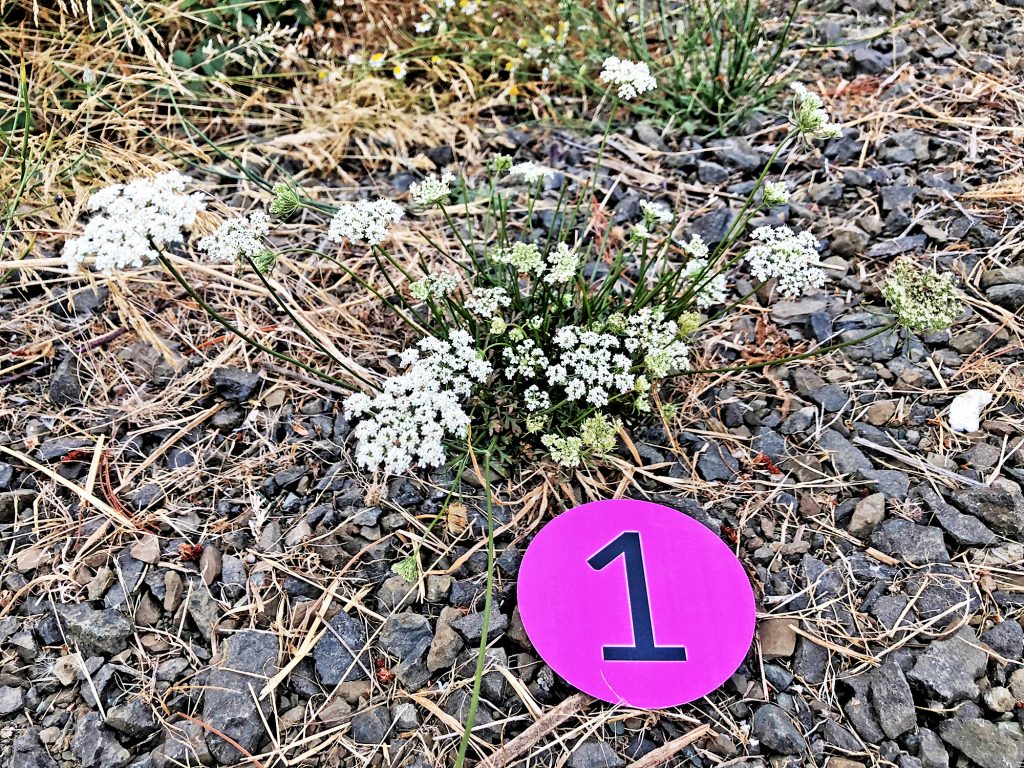
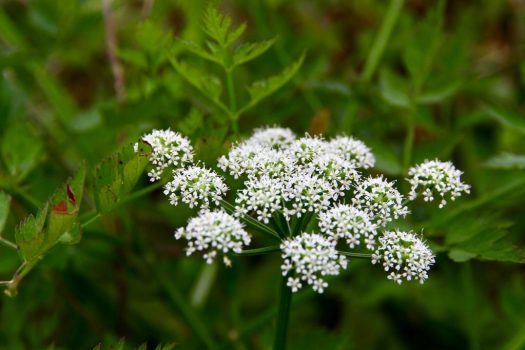
This “wild carrot” plant looks very similar to the plant at the top of this page. The problem is that this one is also called “poison hemlock” (Conium maculatum) because it has a toxin that can damage the central nervous system (brain and spinal cord). The other plant is “Queen Anne’s Lace” (Daucus carota) a common garden flower. Differences in the patterns of leaf arrangements and flower parts are used to distinguish between the species.

Patterns are repetitive occurrences that are used to identify and classify.
Humans are continually searching for patterns and using identified patterns to make sense of the natural world.
This video describes how important pattern recognition is in studying nature.
Start Your Media Assignment here
In this media assignment you are going to find and capture evidence of a pattern in nature. It could be a pattern or non-living system. Examples of patterns (yours may be similar or different):
-
branching patterns in roots, branches, frost, veins
-
spiraling patterns in flowers, cones, water down a drain
-
sphere shape (reducing surface area) in a sleeping animal, a cactus
Note: this media piece would be a good fit for the Science Concepts portfolio outcome. If you find multiple examples of patterns, you could arrange them in a “gallery” in the final portfolio.

Upload to Canvas:
-
Your media pieces showing a natural pattern.
-
an explanation of what the pattern is and either how it was created or why it may be important (whichever explanation fits your pattern better).
Classification is organizing things based on patterns. Recognition of a pattern and organizing based on that can cause a release of neurotransmitters in the brain that results in a positive feeling.
Watch this video to get the basic idea of classification; organizing by pattern.
Patterns are critical in identifying and classifying organisms. This guide will relate patterns to taxonomic classification, organizing based on structures. The next guide will show how classification links to field identification.
Lepidopterans are a large Order of insects with approximately 180,000 species of butterflies and moths. Patterns are used to identify and classify these species.
Domain Eukaryota
Kingdom Animalia
Phylum Arthropoda
Class Insecta
Order Lepidoptera
These three structural and behavioral patterns are used to distinguish Lepidopterans from other insects.
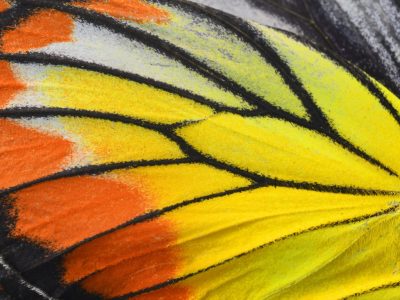
Wings
Most have some form of membranous wings.
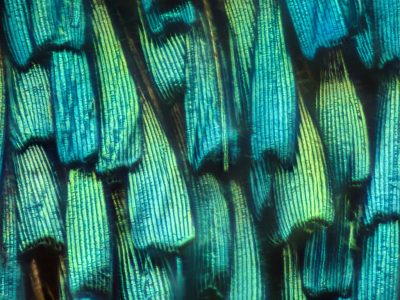
Scales
Scales cover the body and wings, resulting in colors and patterns.
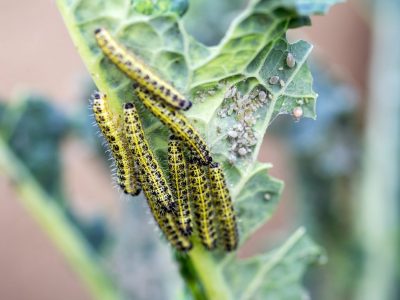
Host Plants
Adults mate near, and lay eggs on, specific host plants that larvae need to eat to survive.
A common misconception is that you can consistently identify a butterfly (vs. a moth) based on color alone.
These are characteristics that are used to distinguish moths from butterflies. There are many exceptions to these characteristics, but they are a good starting place.
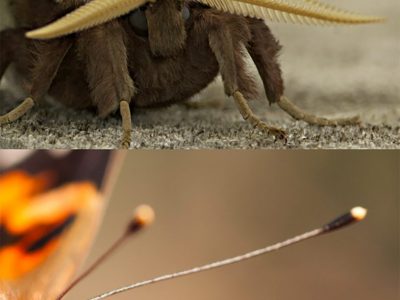
Antennae
Moths have antennae that are feathery or look like saw blades; butterflies have smooth antennae, often ending in a club shape.
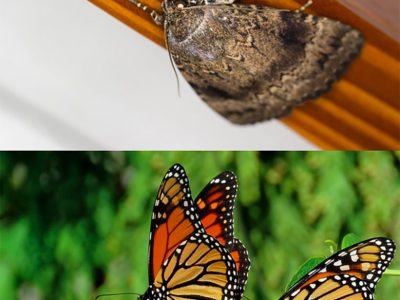
Wings
Moths often fold their wings over the body; butterflies often fold wings in an upright position.
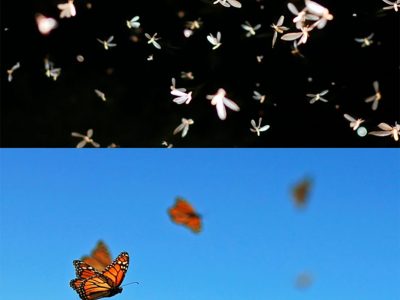
Circadian Rhythm
Moths are generally nocturnal, butterflies are generally diurnal.
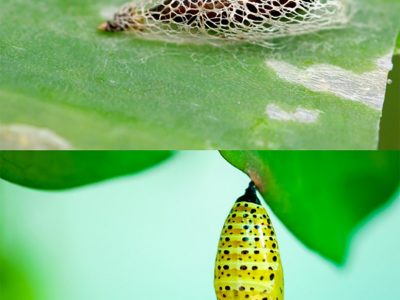
Pupa
Moths have a silk cocoon; butterflies have a harder chrysalis.
Here is a closer look at one of the most famous butterflies: the Blue Morpho.
Watch this video; you can select the closed captioning “cc” option if you would like to see the text.
Even if you do not have access to specimens of lepidopterans from distant locations, you can often find interesting species closer to home.
Is this a moth or a butterfly?
answer: moth, the wings are folded flat and its hard to see, but the antennae are fuzzy.
This is part of the the Butterfly Pavillion in Elkton Oregon. Gardens attract native Lepidopterans, and non-native species are raised in an enclosure. Throughout several U.S. states, planting of specific wildflower species in “butterfly gardens” provides resources, particularly for migratory species.
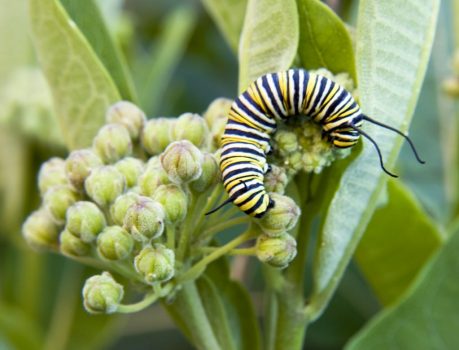
In 2018, the counted over-wintering California monarch butterfly population was 80% smaller than the previous year. A primary factor is believed to be a decline in their milkweed host plant. If you are interested in developing a butterfly and moth garden for species on decline.
You can learn more about butterfly gardens in this guide’s resource section.
The next section introduces Carl Linnaeus, the father of taxonomy.










